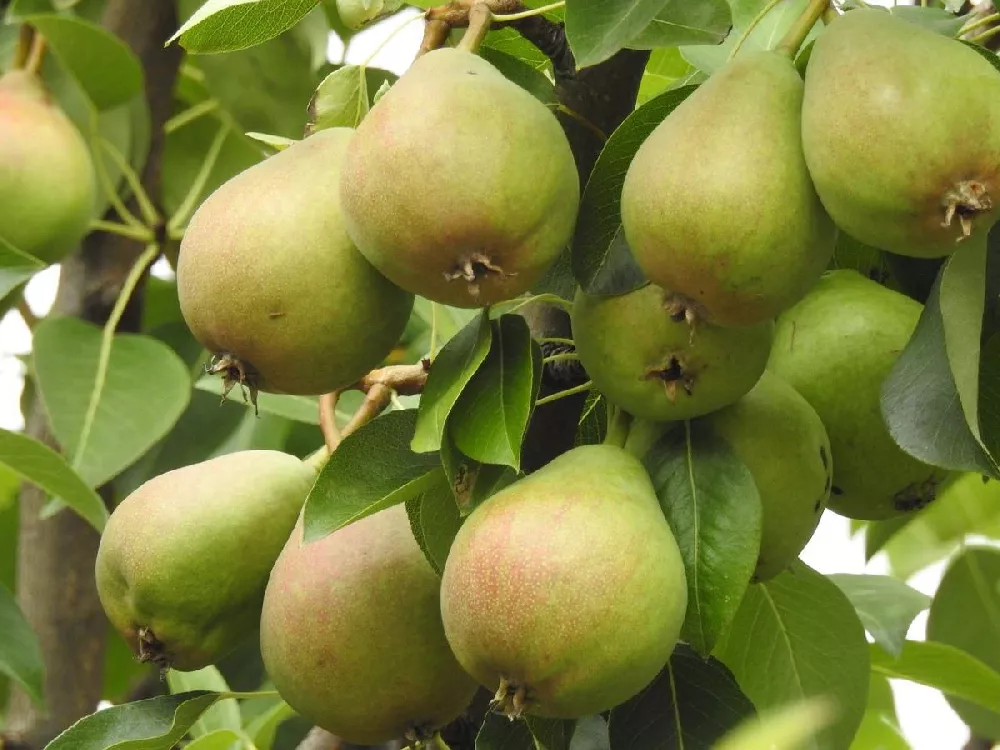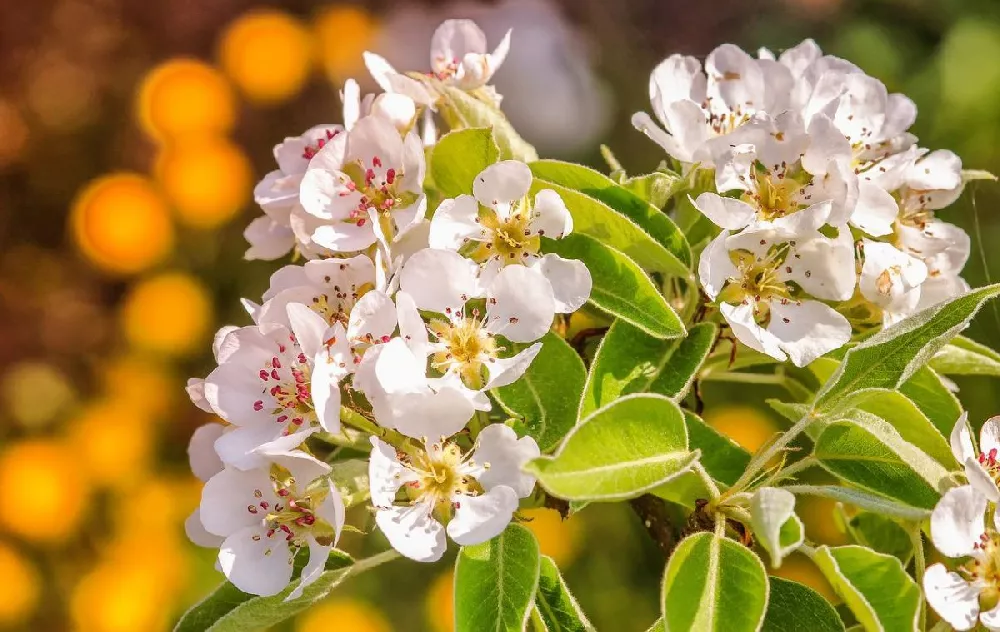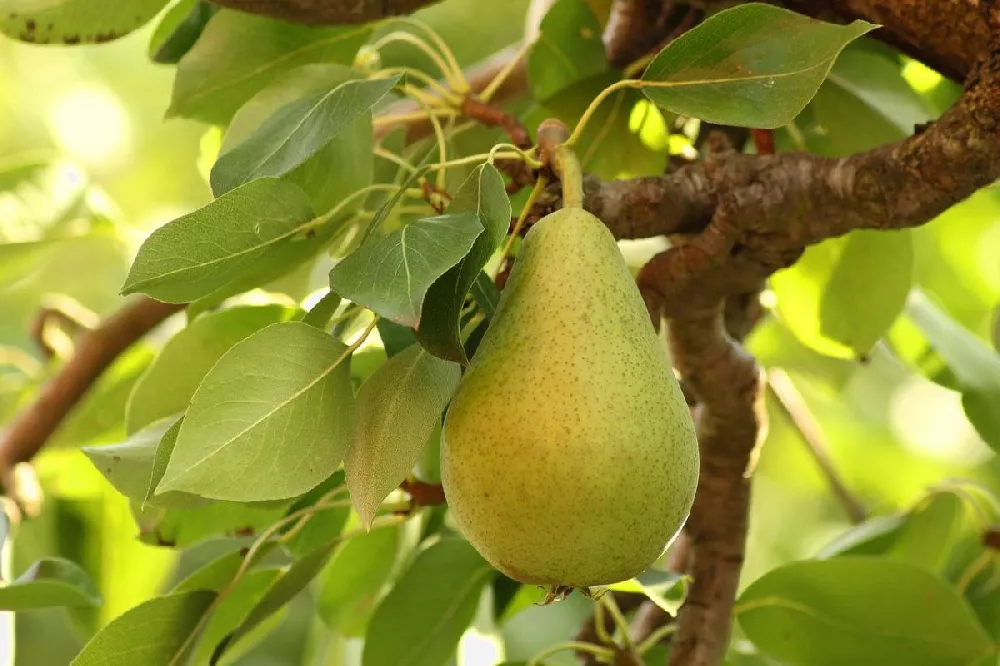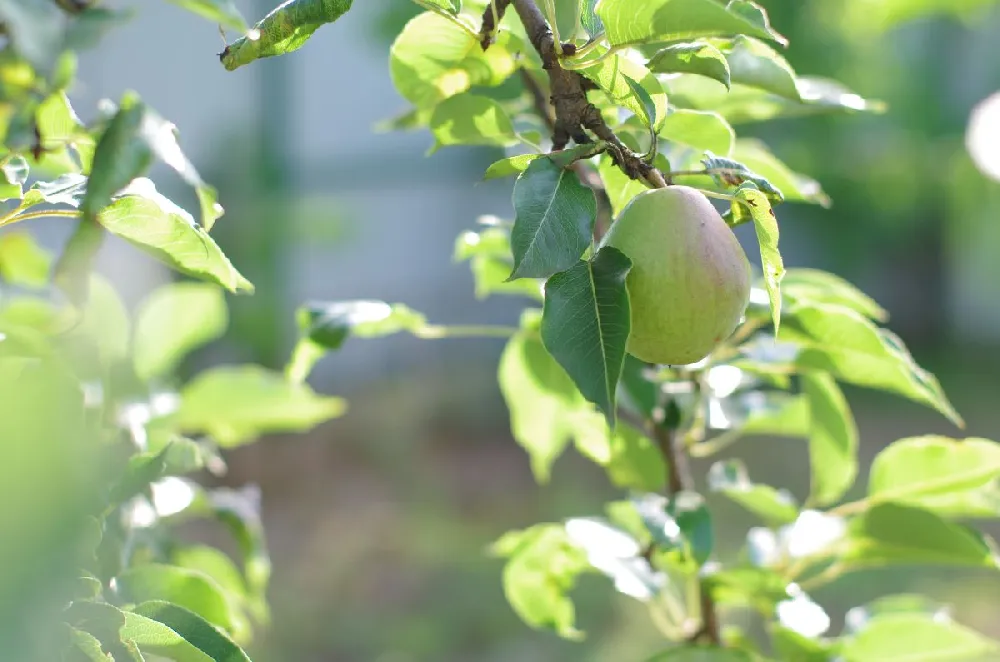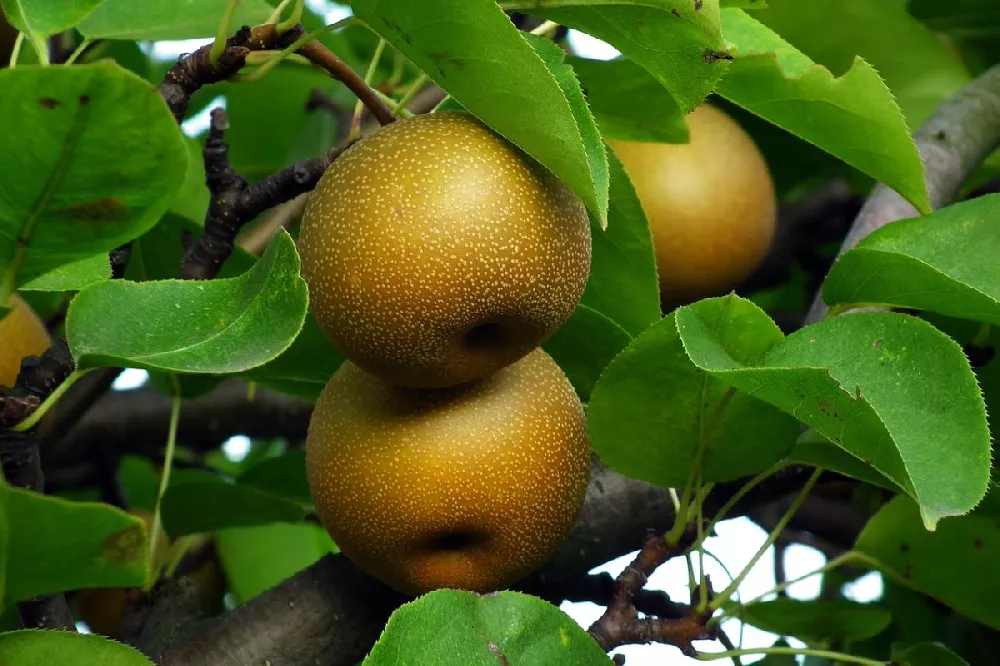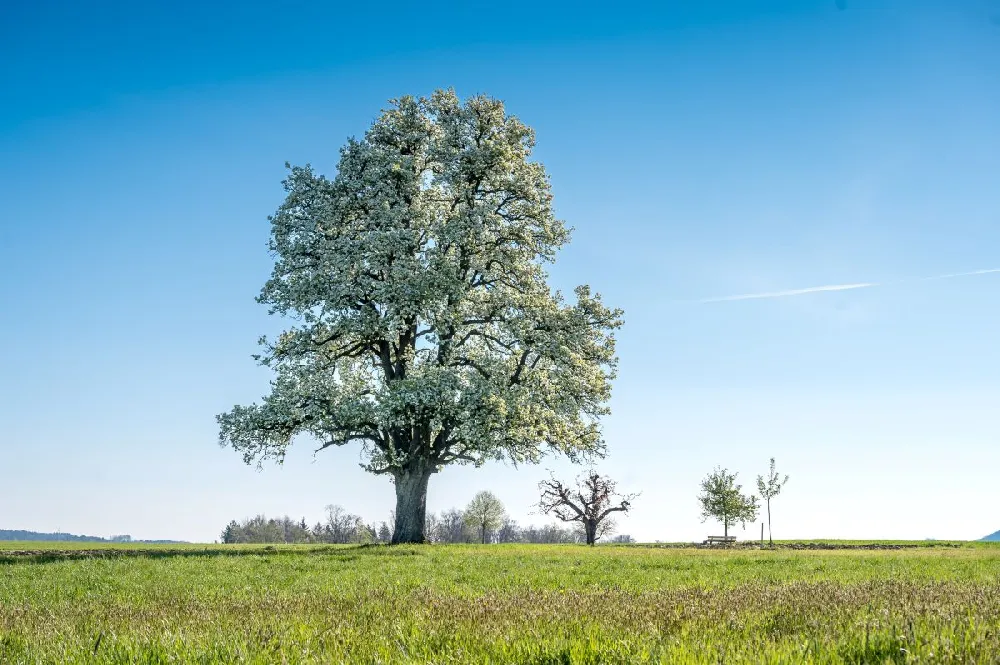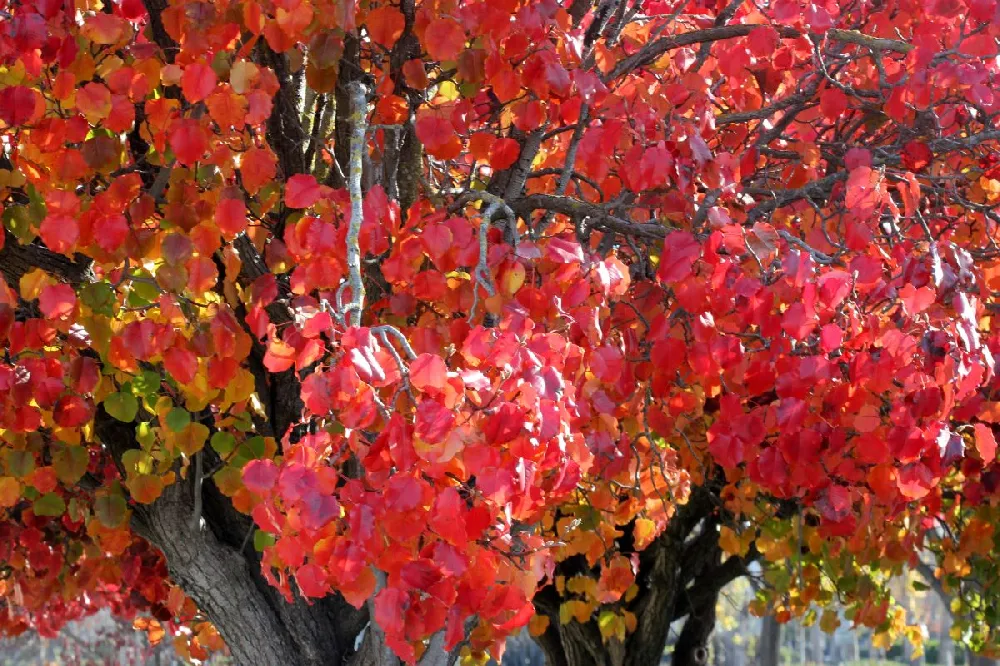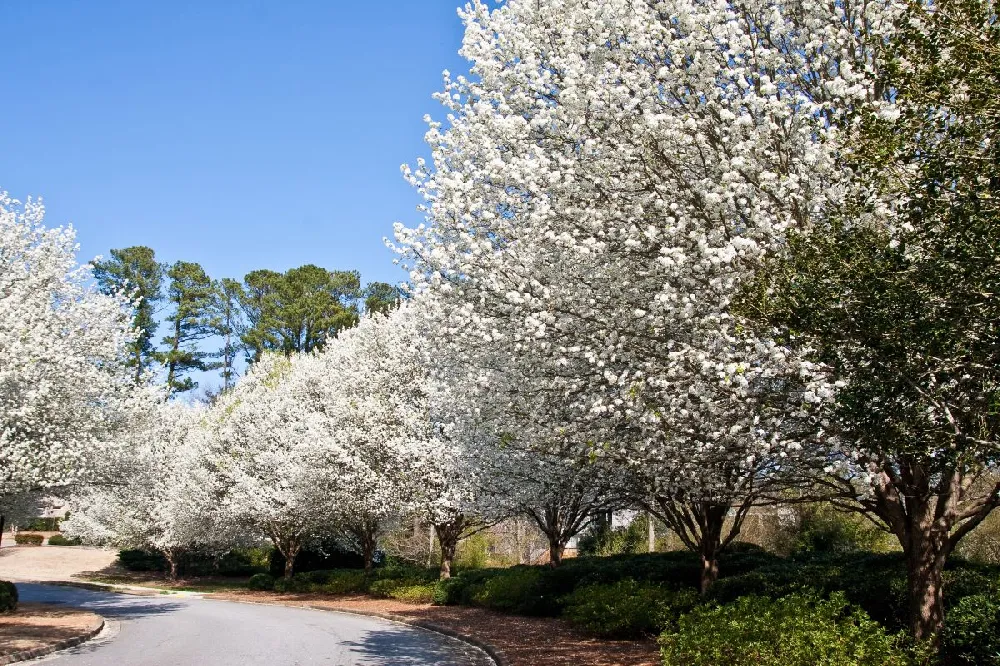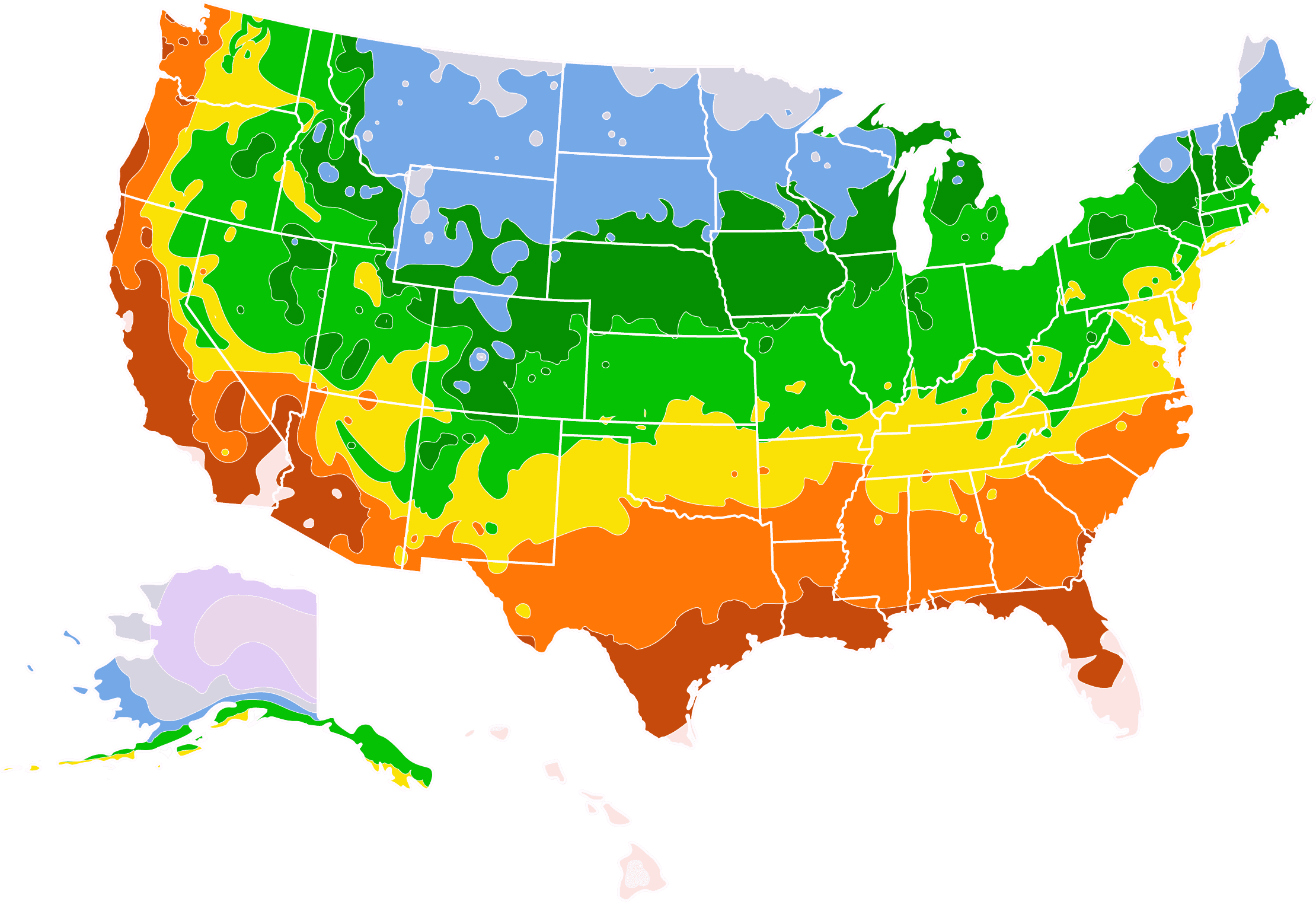- Home >
- Edible Plants >
- Kieffer Pear Tree
Kieffer Pear Tree for Sale - Buying & Growing Guide
- Ships in 1-2 days
- 1-Year Warranty Eligible
- Pots or accessories are not included unless specified in the product options.
Shipping Details:
Once your order is shipped, you’ll receive an email with a tracking number and estimated delivery date. Most orders ship immediately, but some items are seasonal and may only ship in spring or fall. These products are noted on the website.
The Kieffer pear tree, Pyrus communis 'Kieffer,' is a lovely tree with spectacular blooms in spring followed by a mid-fall crop of large, juicy pears that are exceptional when used in cooking as well as being delicious for fresh eating. Kieffers are strong, sturdy trees that have long lives — your grandchildren may well be harvesting fruit decades from now. The Kieffer pear tree is easy to grow and is resistant to the scourge of pear trees, fire blight. The tree has low chill requirements, so it can be grown further south than most pears, and it offers four seasons of interest in the garden. Here are a few more reasons to plant one today:
- Although they produce more fully with another cultivar nearby, Kieffer pears are self-fertile.
- In fall, leaves turn shades of yellow and red for a vibrant display.
- These pear trees are tolerant of both drought and flooding.
Plant Care
Sunlight

The Kieffer pear tree thrives in full sun — six or more hours of direct sunlight a day.
Watering
Water about once a week during the growing season or more often if the weather is very hot or dry.
Fertilizing

Fertilize your Kieffer pear tree in spring with a product designed for fruit trees.
Planting and Care
Planting instructions
Site your pear tree where it will receive at least six hours of sun each day, in soil that drains well and is sheltered from prevailing winds. Unpot your sapling and tease out any encircling roots, which can girdle the tree and slowly kill it. Soak the roots in a bucket of water for a few hours before planting. Dig a hole that’s as deep as the root ball and twice as wide. Place the tree in the hole, spreading out the roots. Holding it upright and steady, fill in around the roots with topsoil that’s been mixed with well-rotted compost or manure. Tamp down soil as you go to eliminate air pockets. Water thoroughly. Apply a 2- to 3-inch layer of organic mulch, such as bark chips, around the root zone to conserve moisture and hinder weed growth, but keep it from touching the trunk to avoid rot.
Watering and nutrients
When newly planted, water your tree every few days until you see robust new growth starting to appear on the branches. Then you can taper back to once-a-week watering. If you’re experiencing very hot or dry weather, increase watering as needed. There’s no need to water your tree after the first frost in fall. Fertilize your tree in spring with a product that is designed for fruit trees, applying as directions indicate. If your tree was planted in good, nutrient-rich soil, you may hold off on fertilizing until the tree begins bearing fruit.
Pollination
The Kieffer pear tree is self-fertile, meaning that a single tree can produce a crop of pears. The flowers are pollinated by bees and other insects, but a single tree does not generally have a high rate of pollination. To increase your crop, plant another cultivar nearby. Some good choices are Bartlett and D’Anjou.
Pruning
Prune out any dead, diseased, or damaged limbs whenever you see them. In early spring, prune for shape. Your pear tree will do best with a central leader shape, which means one central branch that arises from the trunk, with scaffold branches more or less evenly spaced around it. Prune out narrow, v-shaped branch crotches, as they can split, opting instead for branches with a wide angle to the central trunk.
Pests and diseases
Pests that may appear on your pear tree include scale insects, leafrollers, and aphids. A healthy tree can withstand mild infestations. Before using insecticides, consider releasing beneficial insects, such as ladybugs and lacewings, to control insect pests. Diseases of the pear include leaf and stem blight and septoria leaf spot. Remove any signs of disease as soon as you see them and dispose of them properly. Keep the area around the base of your tree free of leaf litter and other debris, and water at the base of the trunk, without wetting the leaves.
Harvesting
Unlike some fruits, pears are harvested before they are ripe, while they’re still hard and yellow-green in color. Wait until you see one or two pears drop from the tree, and then pull the fruit off by hand or using clippers. Place the harvested fruit in a warm spot — about 60 to 70 degrees Fahrenheit — and they should ripen within a week. Store the ripened pears in a cold spot, such as your refrigerator.
Achieving maximum results
Pear trees are one of the easiest fruit trees to grow, as they need less pruning and care than some others. When pruning, make sharp, clean cuts close to an outward-facing bud, Using clean secateurs or pruners. The lateral branches you leave should be spaced 4 to 6 inches apart, with growth that is more horizontal than vertical. Cut back about a third of each scaffolding branch each year in late winter, before bud break, to encourage new growth. Don’t worry if you think you’ve cut too much off your tree: The Kieffer pear tree is resilient and will respond well to all pruning, even if you’re not an expert. If your tree bears a heavy crop of fruit, prune out all but two in a single cluster to allow these to ripen more fully.
FAQs
Where can a Kieffer pear tree be grown?
This sturdy tree can handle temperatures down to -20 degrees Fahrenheit, but it's flexible enough that it grows well even in northern Florida and most of Texas. It is best grown in USDA hardiness zones 4 through 9, which encompasses most of the continental U.S. except for southern Florida and the most northern parts of New England and the Midwest.
How big does Kieffer pear tree get?
A healthy Kieffer pear can reach a height of 15 to 25 feet, with a mature width of 5 to 10 feet. It is possible to control those dimensions somewhat with pruning. If you are growing your pear tree in a container, it will most likely be considerably smaller, since its roots are constrained by the size of the pot it's in.
How can I use the Kieffer pear in my landscape?
In addition to being a prolific source of tasty fruit, Kieffer pear is an attractive tree that can add texture and color to your landscape, especially in spring, when it is covered in masses of fragrant white blooms. Your Kieffer pear makes an excellent specimen tree, perhaps underplanted with shade-loving perennials, such as Japanese forest grass and astilbe. As the centerpiece for a cottage garden, the tree has no equal. It will also make a good foundation planting, as long as it is at least 5 feet away from the structure.
Compare Similar Products
You can't add more Product Name - Product size to the cart.
OK